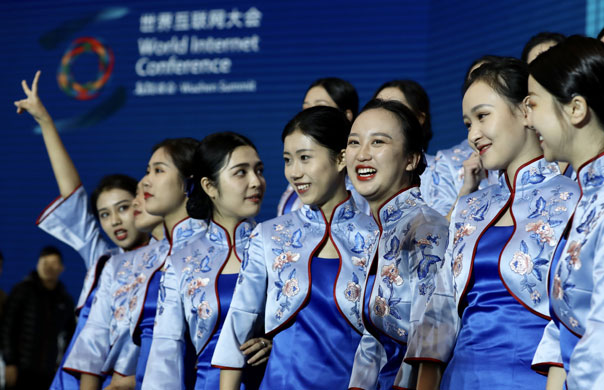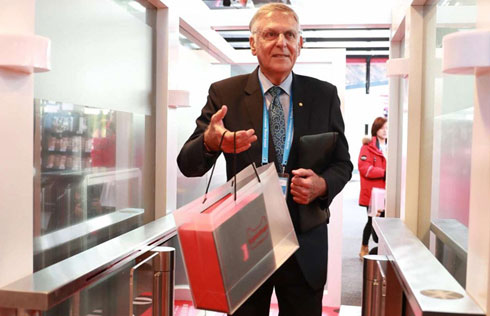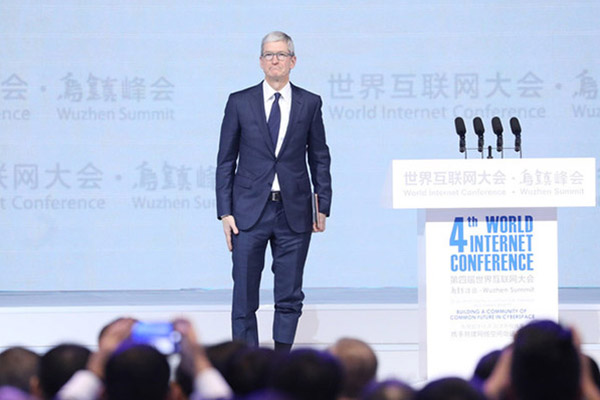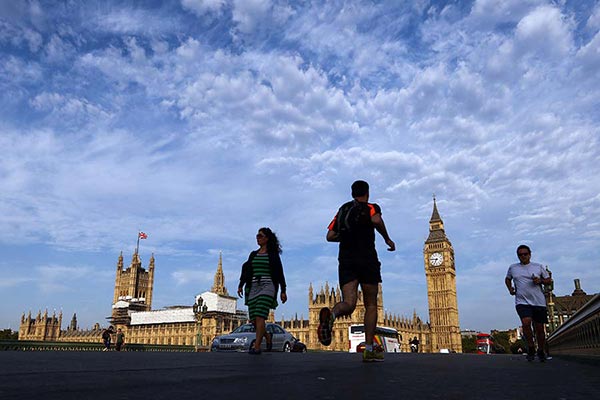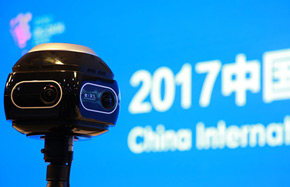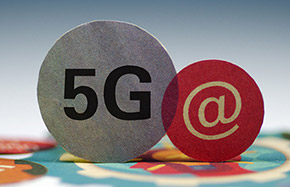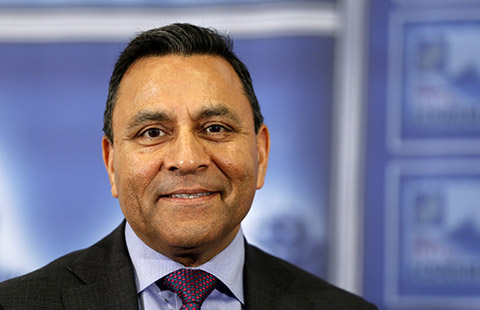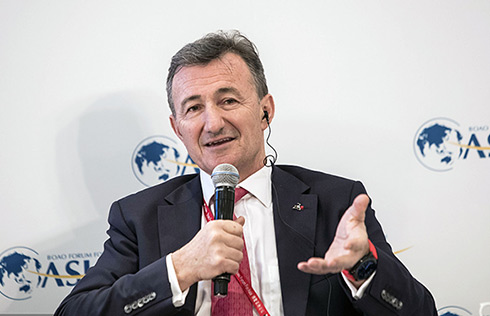Technology and the new urban China
Urbanization has always characterized the evolution of contemporary China. From 1950 to 2005, China's urbanization rate rose to 41 percent. In the past decade, its urban population increased by 10 million each year. In the next 10 to 15 years, urbanization will fuel China's economic growth and bring significant changes that rival the tremendous change of these past decades. Technology can help unlock the benefits of urbanization and solve some of the challenges we associate with it today.
All roads lead to urbanization, especially in diverse China. In mountainous Southwest China, farmers raise goats and sheep for a living while simultaneously growing grass, creating a virtuous value chain that enriches the farmers, benefits the environment and changes the rural landscape. Through empowering technologies such as the cloud, farmers can gain insights about the market demand in South America before they plan their annual production, avoiding wastage and losses.
The new model of urbanization - which gives priority to the development of townships, small cities and satellites around the big ones - will play well in tomorrow's China. Aimed at narrowing the urban-rural gap and turning more rural migrants into urban residents, this initiative will unlock the huge potential in modern China.
From an urban planning perspective, the agglomeration effects derived from city clusters will create efficiencies because of economies of scale. In this way, city clusters can enhance the productivity and quality of the lives of city dwellers. Take the example of Manhattan, one of the most populous urban areas in the world, where 45 percent of people commute to work by public transport instead of traveling by cars or motorcycles or other personal transit. The agglomeration also helps boost consumption, create jobs and, more importantly, fosters innovation with the intellectual connections in urban life.
On the other hand, people in cities live better lives with diverse choices. Technology is already helping with this. Big data generate popular TV series based on what people have liked before and what they are going to like in the future. DNA analysis can detect a faulty gene in your body so you can choose to receive treatment in advance, or increase your medical insurance. Predictive analytics today can even prevent fires and crimes by analyzing all relevant data for city managers to react in real time. In many different ways, technology can present urban people with unlimited possibilities.
Urbanization brings challenges too, particularly for those who feel it most. Rural immigrants need to find jobs in cities, and technology helps ease this crunch. During the transformation, small and medium-sized companies are likely to be a better source of jobs for rural immigrants than large companies. New technologies will help them prosper and hire more workers. The cloud now offers smaller businesses the same powerful tools that large companies use but at a lower cost. The rise of mobile devices allows people to be productive from anywhere. This is fueling the growth of SMEs.
Road congestion is one of the biggest headaches that urban Chinese people struggle with every day. Here too, technology can help. In the near future, SAP AG will help China's urban planners design an intelligent transportation system that leverages the power of big data, cloud computing and mobile technology. Such a system will provide predictive and advanced data analysis to adjust the riming of traffic lights, impose congestion charges, change metro routes, dispatch taxi fleets and divert traffic from accidents to reduce delays.
How to use resource efficiently is yet another challenge for emerging cities. With urbanization, the increased demand for resources forces the whole city system to come up with solutions - and technology increases the odds of success. Smart grids can help optimize electricity production and usage between customers and utility operators to avoid waste and prevent blackouts. Analytical software can measure environment data and remind people with asthma to take a preventative dose on days with poor air quality. This keeps emergency rooms free for those with needs that are not easily prevented.
Jim Hagemann Snabe is the co-CEO of SAP AG.
The opinions expressed on this page do not necessarily reflect those of China Daily.






